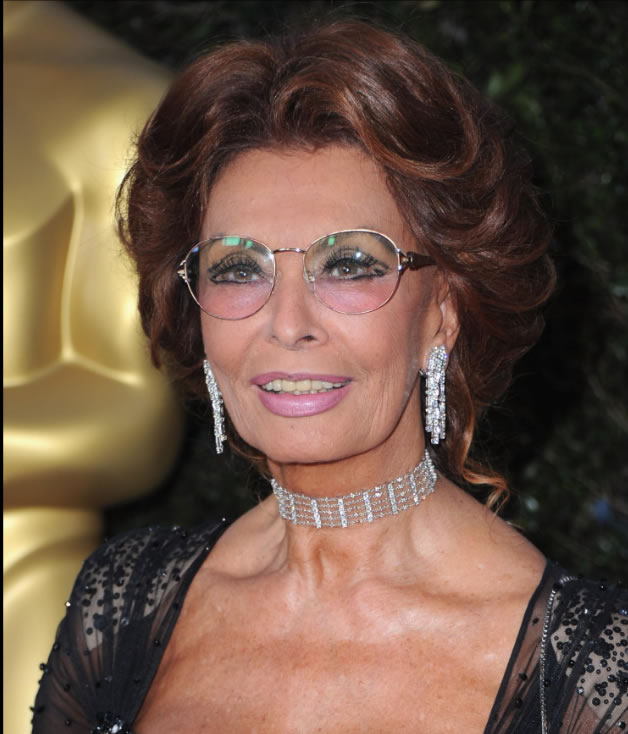Some paintings almost everyone in the Western world knows: Leonardo’s “Mona Lisa,” Piero Della Francesca’s “The Baptism of Christ,” and “The Night Watch” by Rembrandt van Rijn. They are part of the West’s visual vernacular. These are the images we see on tea-towels, t-shirts, cellphone covers and fridge-magnets.
The name Rembrandt has become a synonym for greatness. There are Rembrandt restaurants, Rembrandt hotels, and even Rembrandt toothpaste.
Art historian Stephanie Dickey notes in “Rembrandt and His Circle” that “he mentored generations of other painters and produced a body of work that has never ceased to attract admiration, critique, and interpretation. Literary critics have pondered ‘Rembrandt’ as a ‘cultural text’; novelists, playwrights, and filmmakers have romanticized his life.”
The Rijksmuseum, arguably the Netherland’s most prestigious art museum, had been closed for renovation from December 2003 until 2013. To advertise their reopening, the museum created a delicious flash mob recreation of Rembrandt van Rijn’s “The Night Watch” on YouTube. The title of the video is “Onze helden zijn terug!” (“Our heroes are back!”)
‘The Night Watch’
Why is Rembrandt’s “The Night Watch,” in particular, so iconic? Why did it become famous as soon as it was completed in 1642?
The painting, which took three years to complete, is the zenith of the 17th-century Dutch Golden Age and is jaw-droppingly gorgeous. It is life-size and measures about 12 tall and 15 feet wide.
The painting was commissioned around 1639 by Captain Banning Cocq and 17 members of his Kloveniers or civic militia guards.
Until 1940, the work was coated with a dark varnish which gave the impression that it depicted a night scene. After it was cleaned, night was transformed into golden sunlight that shone, as if with a spotlight, on the captain and his lieutenant. Its name, “The Night Watch,” remained, however, since the kind of description usual for this kind of painting, “The Militia Company of District II under the Command of Captain Frans Banninck Cocq,” wasn’t as memorable.
The militiamen were volunteers. They were bankers, lawyers, businessmen and merchants, who wanted a group portrait to hang in their banqueting hall in Amsterdam.
But Rembrandt did something revolutionary. Instead of a group portrait, he created a pageant. That is, rather than giving each militiaman equal prominence, he created a giant Polaroid, as it were. The Polaroid was snapped just as the company was moving forward. At this moment in time, not everyone received the same importance.
Rembrandt had painted a carnival with all the noise and drama of real people taking part. Someone is firing a musket, children are darting around, there is someone playing a drum and a dog is barking. The scene is a tableaux vivant, full of motion and action.
One can imagine this painting has a soundtrack.
Techniques of a Genius
Rembrandt’s genius was the way he combined several genres. Famous for his skill as a portraitist (there is a self-portrait peeking over a militiaman’s shoulder), Rembrandt also included elements of allegory, history painting, daily life, and symbolism.
As for symbolism, the Captain of the Kloveniers company, Banninck Cocq, should have been wearing a blue sash such as the other civic guards are wearing. The Captain’s sash, however, is red and combined with his black costume, white cuffs, and ruff, his costume stands for the colors of the city of Amsterdam. His lieutenant is wearing a flamboyant gold-colored uniform with blue-tinged accents—the civic guards’ colors. The message is clear: The function of the civic guards was to protect the city of Amsterdam.







